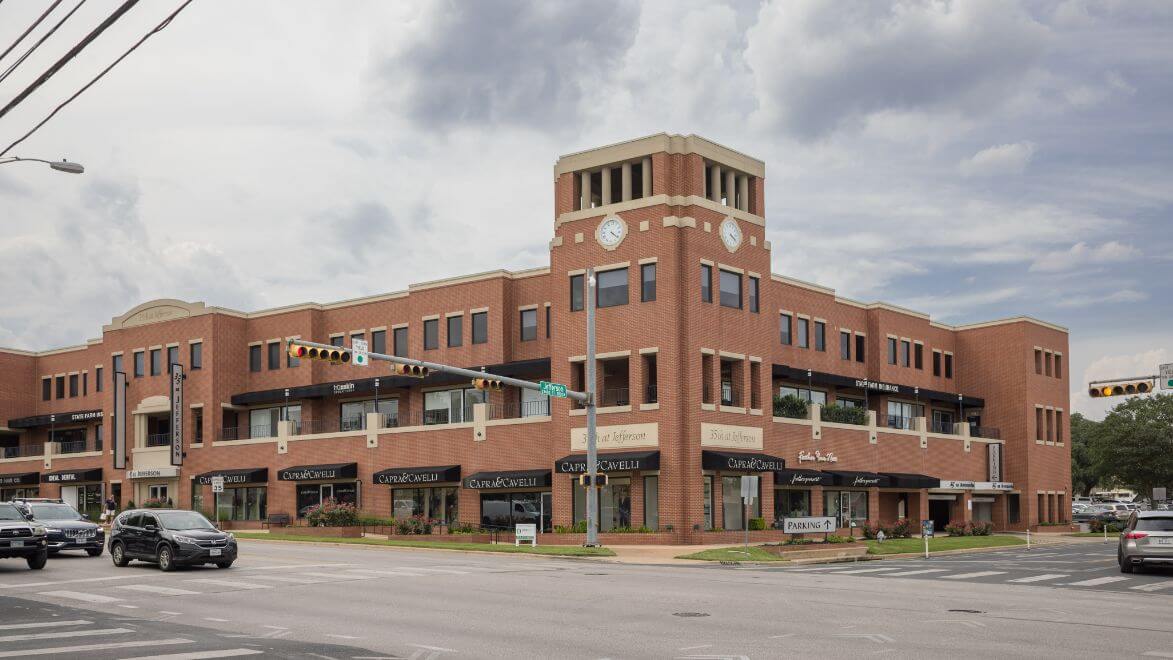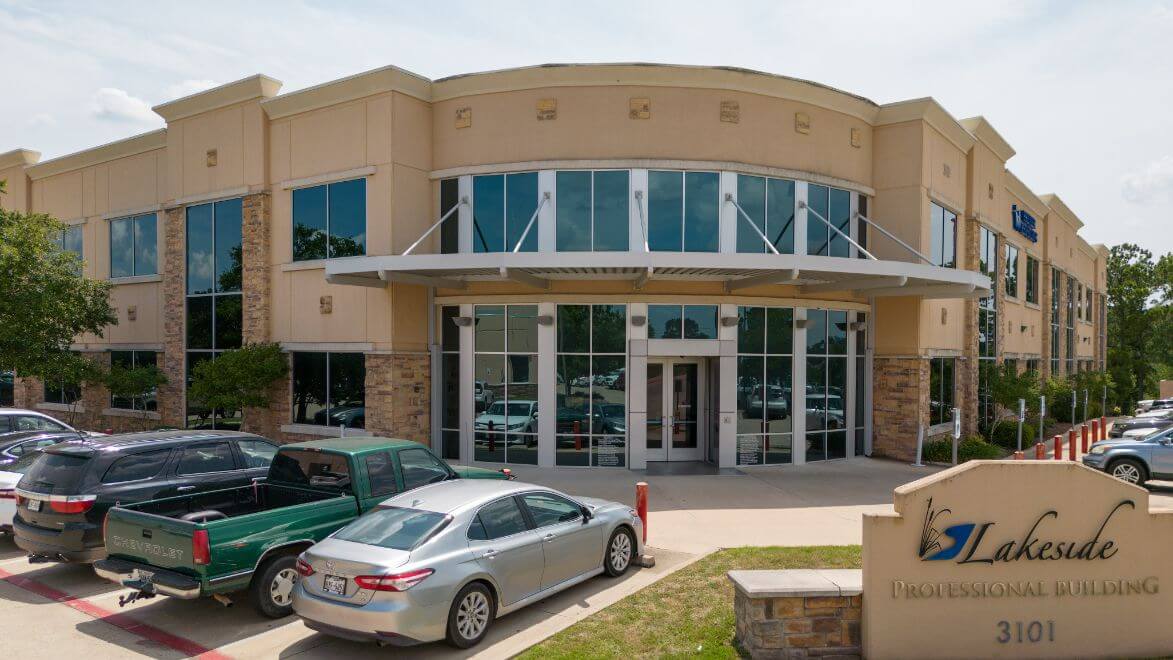Skin Tags
Effective Management and Removal of Skin Tags at Tru-Skin Dermatology
Skin tags are small, benign growths that often appear on areas such as the neck, armpits, eyelids, and under the breasts. These soft, flesh-colored lesions are generally painless but can cause discomfort when they rub against clothing or jewelry. Sometimes, skin tags may become irritated or inflamed, leading to further concerns.
At Tru-Skin, our skilled dermatologists specialize in the effective management and removal of skin tags. We offer personalized treatment options tailored to your needs, ensuring safe and efficient removal through methods such as cryotherapy, excision, or cauterization. Our goal is to improve your skin's appearance and provide relief from any discomfort.
If you're looking for expert solutions for skin tag removal, schedule with Tru-Skin dermatology in Central Texas today.
Examples of Skin Tags
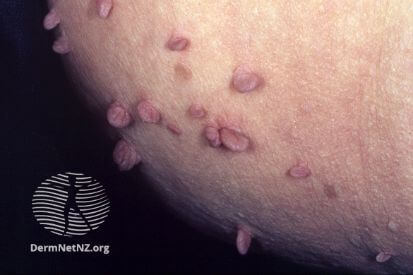
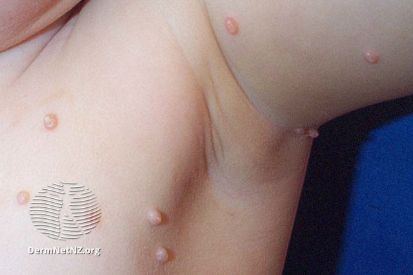
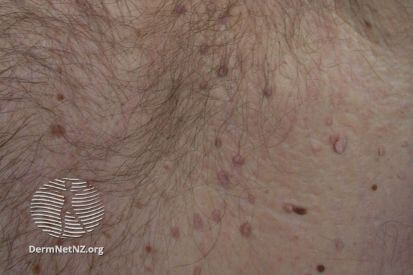
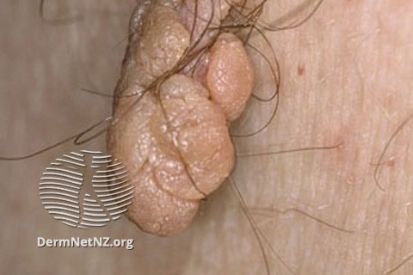
Removal of Dangerous Skin Tags
- In most skin tag cases, it isn’t necessary to medically remove skin tags.
- Continuously Bleeds
- Continues Growing
- Is Multiple Colors
Skin Tag Removal Methods
- We’ll assess your skin tags before deciding on the type of removal for the best cosmetic result.
- We’ll usually administer a local anesthetic for numbing followed by one of these removal methods:
- Snipping with medical scissors or scalpel
- Freezing with liquid nitrogen
- Burning with electrocautery
What Causes Skin Tags?
Skin Tags FAQs
Generally, skin tags are painless, but they can become irritated or catch on clothing, causing minor discomfort. Dermatologists can remove them if they become bothersome.
It's safer to have skin tags removed by a dermatologist. Attempting removal at home can lead to infection or scarring.
Dermatologists can diagnose skin tags through a visual examination. If you notice changes in a skin tag's appearance, experience pain, or are uncertain about a growth, it's advisable to consult a dermatologist.
Skin tags don't need to be removed for health reasons, but they can be removed if they cause discomfort or for cosmetic reasons. Dermatologists may use methods like cutting, freezing, or cauterization for safe removal.
Skin tags are typically harmless and not indicative of an underlying health issue. While they may grow back after removal, dermatologists can effectively address them.
Choose Tru-Skin Dermatology for your Skin Tag Needs
If you are embarrassed or annoyed by skin tags, contact Tru-Skin Dermatology to discuss removal. Our removal techniques are as painless as possible with lasting results. Skin tags are not preventable and may show up as you age, but we can stay on top of the removal process. We’ll examine your skin tags and determine the best option for removal. We offer skin tag removals at each of our state-of-the-art clinics in Austin, TX and the surrounding areas. Contact us today to schedule an appointment.
From the Tru-Skin Dermatology Blog
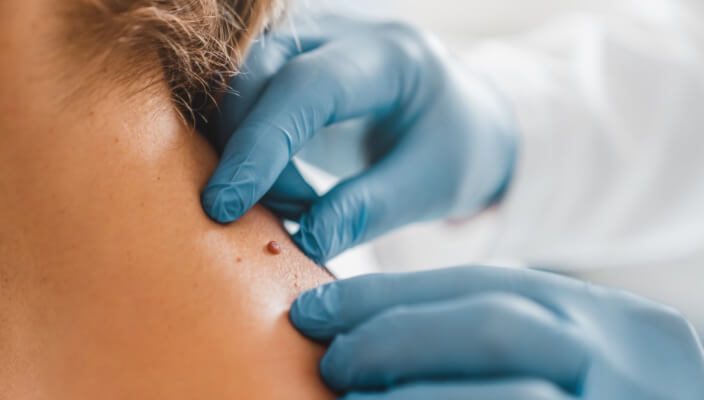
- Skin Cancer
- Skin Exams
- Sun Safety
Our team has access to the latest skin cancer treatment technology to quickly remove certain kinds of skin cancer. Read to learn more about the life-saving potential of early skin cancer detection.
Read More
- General Dermatology
- Skin Care
In this blog post, we’ll take a closer look at the benefits of Vitamin C for skincare and explore how incorporating this ingredient into your routine can help you achieve your best skin yet.
Read More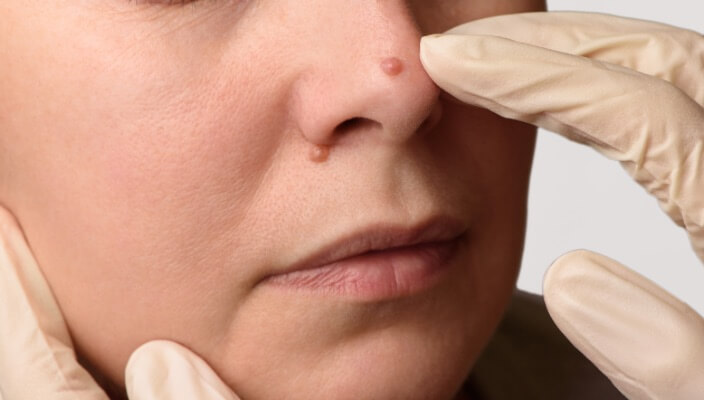
- General Dermatology
Are you dealing with the discomfort and embarrassment of warts, cold sores, or other skin growths? At Tru-Skin Dermatology, we understand the impact these skin conditions can have on your life. Our team of expert dermatologists provides personalized care and effective treatments to help you achieve healthy, beautiful skin.
Read MoreFeatured Products
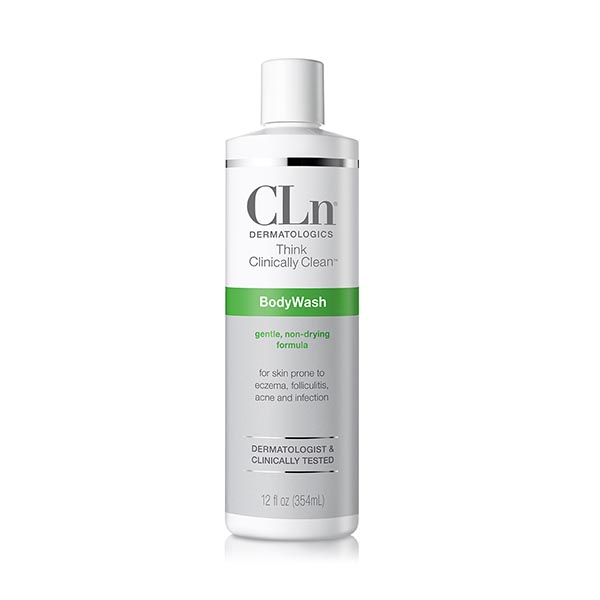
CLn BodyWash
CLn BodyWash is designed for infection- and eczema-prone skin. It is an effective cleanser that is tough on the microbes but gentle on skin. Designed for skin prone to infection, irritation, dermatitis, redness, folliculitis, acne, eczema and compromised skin. 12 fl oz / 354 mL
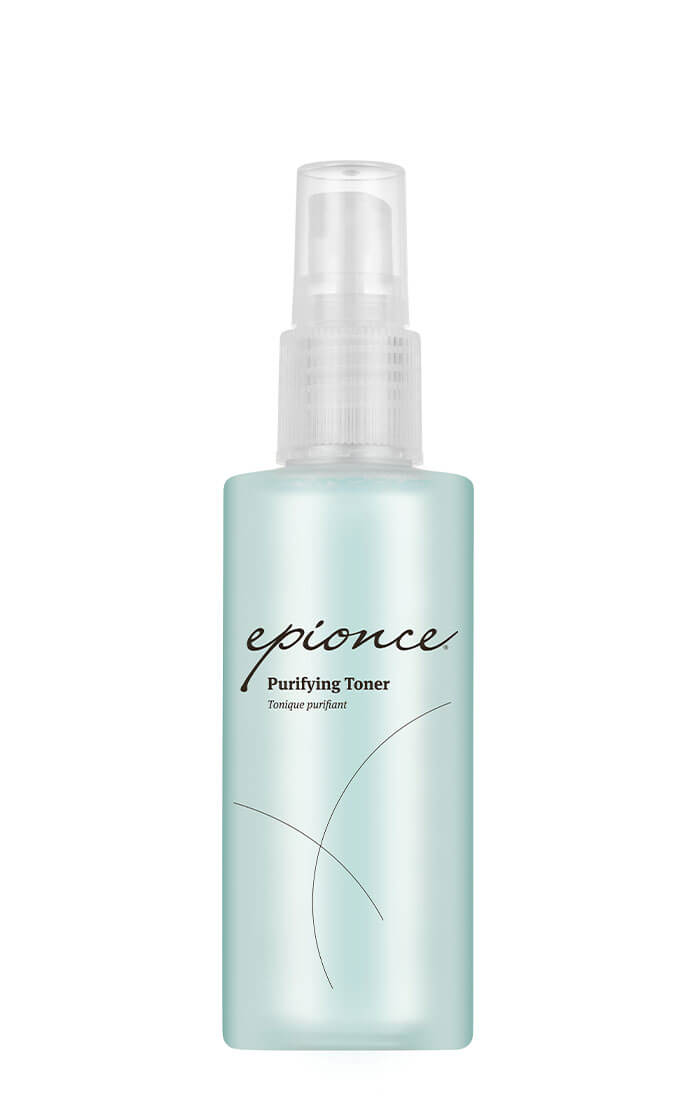
Epionce Purifying Toner
Purifying Toner helps remove traces of dirt, oil and makeup. Botanical ingredients reduce surface shine while helping control factors that can lead to the visible appearance of problem or irritated skin. Set at optimal pH.

